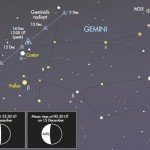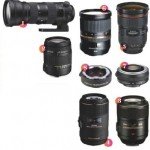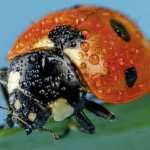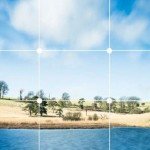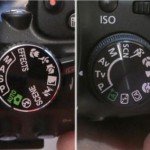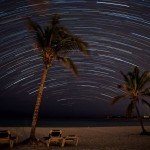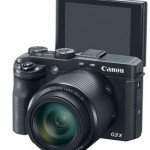Astrophotography – Capturing the Geminid meteor shower
The Geminid Meteor shower is a definite highlight for December – as long as the weather plays ball and the Moon doesn’t interfere too much. Actually, even if the Moon is about, meteor photography can still record some great results – just make sure it stays out of frame. The Geminids are active from 4 to 17 December, with this year’s crescendo of activity predicted to occur at 12:00 UT on the 14th. A daylight peak isn’t ideal, but a decent rise to and fall from peak activity should be seen on the nights of 13/14 and 14/15 December.
The best time should be on the night of the 13/14th, weather permitting. The Moon will also be about this year: on the night of 13/14 December it’ll be a last quarter phase and rise just before midnight under the rear legs of Leo, the Lion. Although not perfect for visual observation, it shouldn’t cause too much of a problem for photography. The zenithal hourly rate (ZHR) for the Geminids at peak is around 120 meteors per hour – but the ZHR is not the rate you’ll see.
The number of meteors you or your camera will see over a given period will be significantly lower. The biggest factor is the sky’s limiting magnitude – that’s the faintest star you can see for the prevailing conditions. Assume you’re watching the shower for an hour centred on 02:00 UT, when the radiant is about 70° up, due south. Also assume that you can see one-third of the sky. With a limiting magnitude of +5.0, the number of meteors you can expect to see is nine per hour. With a limiting magnitude of +6.0, this increases to 23 per hour.
Never mind the Moon
While the Moon’s glare will reduce the limiting magnitude for visual observing, a camera tends to record only the brighter trails anyway. Consequently, if the Moon’s in the sky it doesn’t have as much of a negative effect as you might think. The most important thing to watch out for is that your exposures don’t saturate so the sky becomes white. If you find this is happening with our suggested 30-second exposure time, reduce it accordingly. Geminid meteors are reasonably slow; at most they can be classed as medium speed.
The meteoroids that cause the trails enter the atmosphere at 35km/s which, although it sounds fast, is leisurely compared to the 71km/s of November’s Leonids and the 59km/s of the Perseids in August. The consequence of this is that a bright Geminid fireball has a better chance of being recorded in its true glory than an equivalent brightness meteor from a faster shower.
This and the high ZHR figure make the Geminid meteor shower the most exciting of the annual showers to try and photograph. This is aided by the fact that from the UK, the radiant gets nice and high in the hours after midnight, when rates tend to be higher because the Earth has turned to encounter the meteoroids head on. Remember that December nights are long and cold. Have plenty of memory for your camera as well as several spare batteries on standby. It’s also worth keeping an eye on the front surface of the lens. If it fogs up, a 12V camping hair dryer can be used to gently clear it.
SHOOTING SHOOTING STARS
The Geminid meteor shower reaches peak activity on 14 December. It’s an ideal target for meteor photography because the shower offers lots of fairly slow, occasionally bright meteor events. Catching these on camera requires lots of luck, but there’s a fair bit of skill involved too.
We’re looking at how to build a composite image of Geminid trails, all pointing back to the radiant. Knowing the right camera settings is important, but so are planning ahead and working out where to point the camera. (Source : Sky At Night Magazine)






